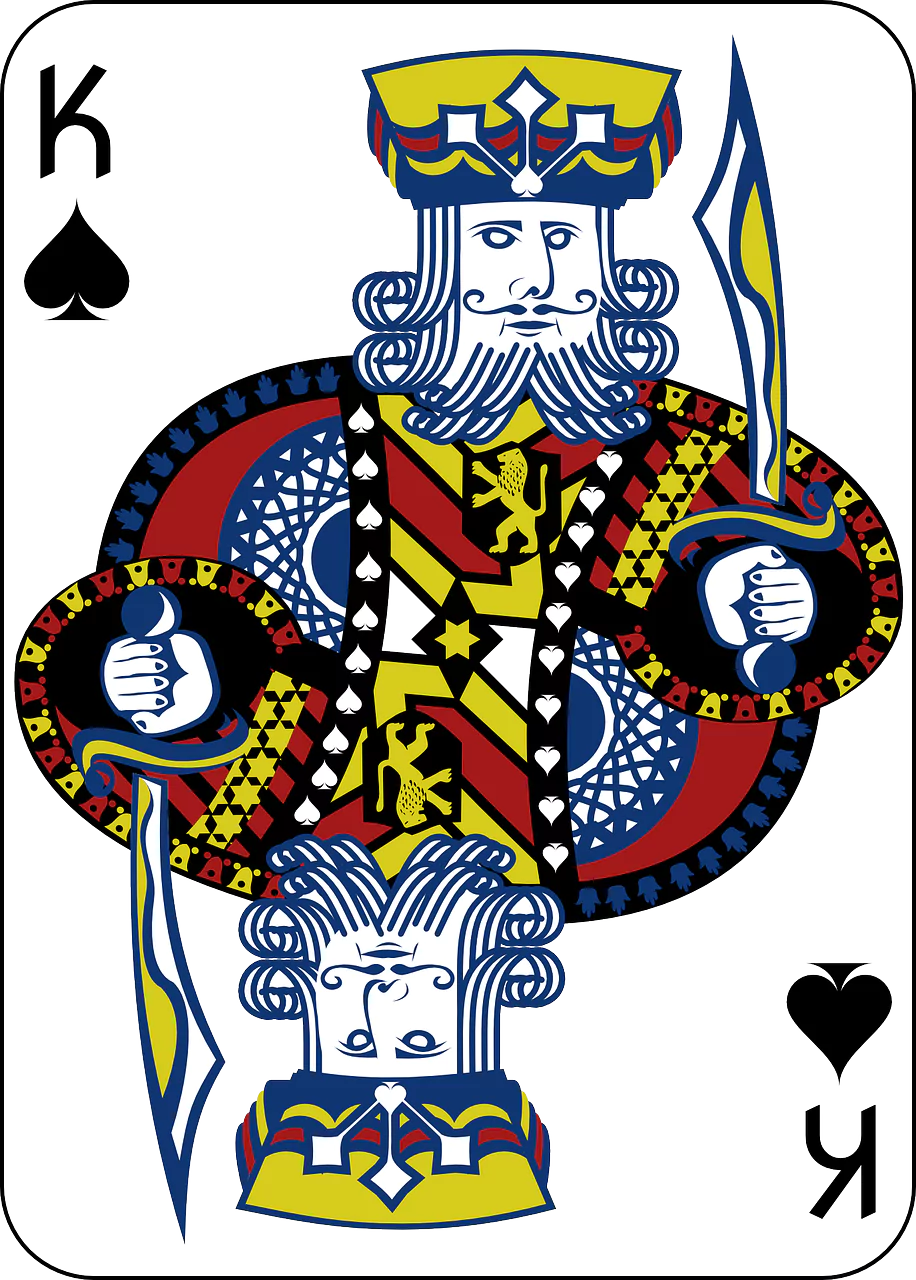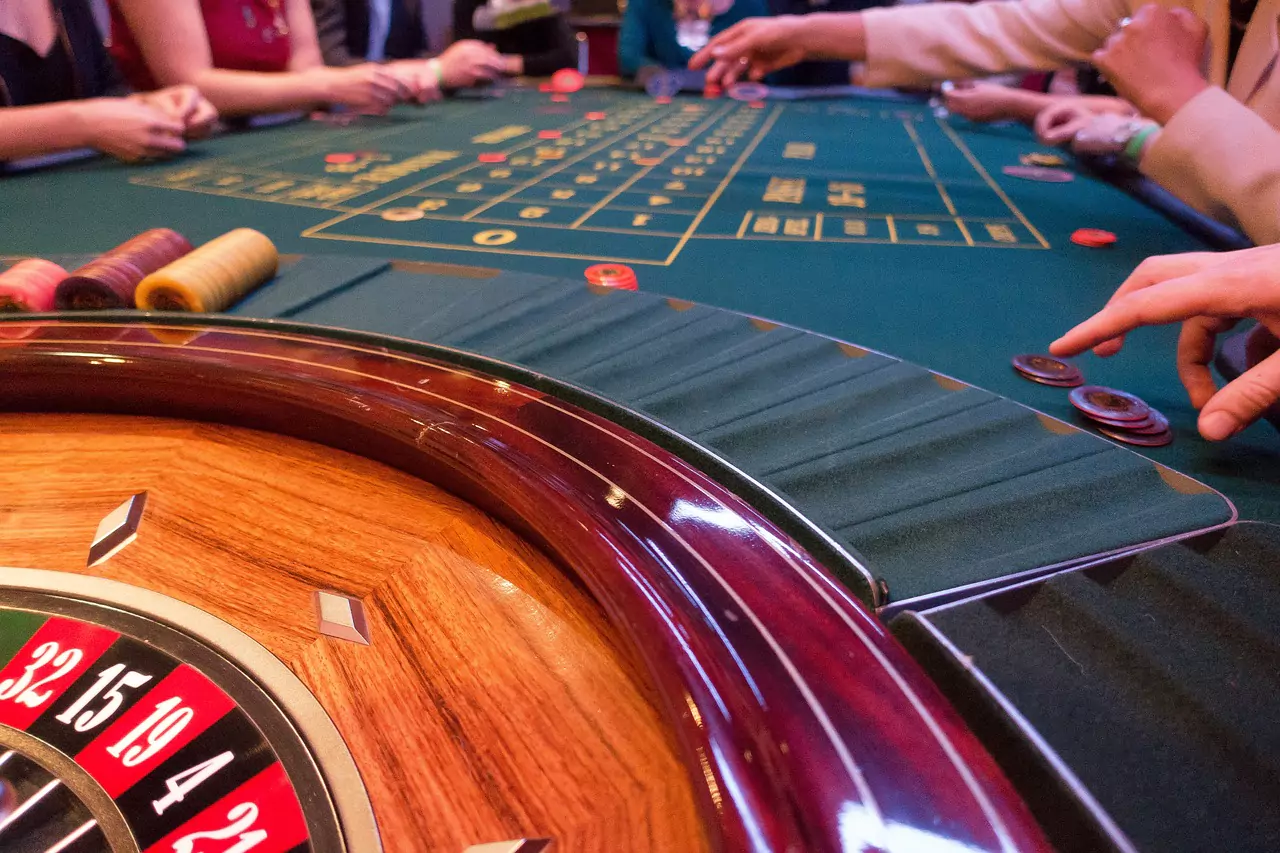In the illustrious realm of poker, few hands command as much reverence and anticipation as the formidable duo known as pocket aces. Widely hailed as the strongest starting hand, pocket aces, also known as “bullets” or “American Airlines,” are the epitome of poker prowess and carry with them the promise of potential riches and strategic maneuvering. Join us as we delve into the mystique of pocket aces, exploring their unparalleled strength, the psychology they evoke, and the nuanced strategies players employ when dealt this regal pair.
The Royal Introduction: Understanding Pocket Aces
At the heart of the poker hierarchy lies the supremacy of pocket aces. This starting hand consists of two aces – the highest-ranking cards in the deck – and embodies a level of strength that sparks excitement and trepidation alike. While the statistical odds of being dealt pocket aces are relatively low, the moment they appear in a player’s hand, the poker landscape undergoes a seismic shift.
The Statistical Rarity: Aces in the Hole
The probability of being dealt pocket aces in a standard deck of 52 cards is a mere 0.45%. As a result, the infrequency of this occurrence contributes to the mystique surrounding pocket aces. When the dealer places these two cards before a player, it’s not just a hand; it’s an invitation to orchestrate a strategic masterpiece.
The Psychological Impact: Unleashing Aces at the Table
The sight of pocket aces has a profound psychological impact on the player holding them and those seated around the table. The mere revelation of these cards often elicits subtle reactions – a knowing smile, a tightening of focus, or a suppressed gasp. The aura of pocket aces transcends the tangible cards; it’s a psychological force that can influence the dynamics of an entire poker session.
Strategic Considerations: Navigating the Aces Minefield
While pocket aces symbolize immense strength, their potential is not guaranteed success. Skillful navigation of the subsequent betting rounds is crucial, as players holding aces must balance the art of maximizing value while avoiding potential pitfalls.
Pre-Flop Decision-Making: The pre-flop stage is where the magic begins for players dealt pocket aces. The decision to raise and build the pot or slow-play to entice opponents is a delicate balance. Some players opt for a measured approach, hoping to lure in adversaries, while others employ an aggressive strategy to narrow the field and build a substantial pot from the outset.
Reading Opponents: Successfully playing pocket aces requires an acute understanding of opponents’ tendencies. Reading their betting patterns, evaluating their playing styles, and identifying potential threats are essential elements of maximizing the advantage pocket aces bring to the table.
Pot Building vs. Scaring Opponents Away: Striking the right balance between building the pot and avoiding scaring opponents away is a perpetual challenge. Overwhelming aggression can lead to opponents folding, limiting the potential winnings. Conversely, subtle plays may fail to extract maximum value from the strength of pocket aces.
Post-Flop Maneuvering: The dynamics change post-flop, and players with pocket aces must adapt. Assessing the community cards, gauging opponents’ reactions, and adjusting the strategy accordingly are pivotal. Skillful post-flop maneuvering distinguishes the seasoned player from the novice when armed with pocket aces.
The Dangers Lurking: Navigating Potential Threats
Despite their overwhelming strength, pocket aces are not impervious to the unpredictable nature of poker. Savvy opponents may employ strategies to counter the aces advantage, and skilled players must be vigilant against potential threats.
The Art of Deception: Opponents may attempt to deceive the player with pocket aces by presenting false signals of strength or weakness. Recognizing deceptive plays and adjusting the strategy accordingly is vital to avoid falling into carefully laid traps.
The Unseen Monster: Boards that seem innocuous at first glance can transform into unseen monsters capable of dismantling the supremacy of pocket aces. Understanding the potential for hidden straights, flushes, or full houses is crucial in avoiding unexpected setbacks.
Overplaying vs. Underplaying: Players with pocket aces must strike a delicate balance between overplaying and underplaying their hands. Overplaying may scare away potential opponents, limiting the overall winnings, while underplaying risks falling victim to surprise hands that exploit perceived weaknesses.
The Mythical Double Aces Dilemma: To Slow-Play or to Aggressively Pursue?
One of the perennial debates among poker aficionados revolves around the optimal strategy for playing pocket aces – the slow-play approach versus aggressive pursuit. Each strategy carries its merits and risks, adding layers of complexity to the decision-making process.
Slow-Play Strategy: Advocates of the slow-play strategy argue for a more measured approach, aiming to lure opponents into the pot by appearing less threatening. This method may encourage opponents to invest more chips, creating a larger pot for the player with pocket aces to capitalize on.
Aggressive Pursuit Strategy: Conversely, proponents of an aggressive pursuit strategy argue for immediate and substantial bets to thin the field and build a pot swiftly. This approach aims to extract maximum value from the strength of pocket aces and reduce the potential for surprises post-flop.
Pocket Aces in Tournament Play: A Blessing or a Curse?
In tournament settings, the dynamics surrounding pocket aces take on heightened significance. The decision to push all-in or exercise caution can determine a player’s tournament fate. The allure of accumulating chips versus the risk of early elimination creates a high-stakes scenario that demands careful consideration.
The Online Arena: Navigating Pocket Aces Digitally
In the realm of online poker, pocket aces retain their iconic status, albeit with the added dimension of digital dynamics. The absence of physical tells requires players to rely on betting patterns, timing, and statistical analysis to gauge opponents’ reactions to pocket aces.
Conclusion: The Crown Jewels of Poker Strategy
Pocket aces stand as the crown jewels of poker strategy, embodying unparalleled strength and potential. Beyond their statistical rarity and the psychological impact they wield, the true mastery of pocket aces lies in the strategic dance that follows their revelation. Successful players recognize that the regal pair demands more than mere luck – it demands a delicate balance of aggression, deception, and adaptability. In the unpredictable theater of poker, pocket aces shine as both a blessing and a challenge, weaving an intricate narrative of skill, psychology, and strategy that continues to captivate players at tables worldwide.


